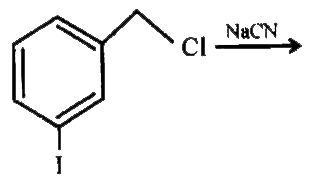Transition state structure of the substrate formed during an enzymatic reaction is
A
transient but stable
B
permanent but unstable
C
transient and unstable
D
permanent and stable
Video Solution
Text Solution
The correct Answer is:C
The substrate binds to the enzyme at its active site forming an enzyme substrate complex. This complex formation is a transient and unstable phenomenon. Very soon, the product is released from the active site. It is the fact that all other intermediate structural states are unstable. Stability is related to energy status of the molecule or the structure.
|
Updated on:21/07/2023
Topper's Solved these Questions
- BOOK - NEET PREVIOUS YEAR (YEARWISE + CHAPTERWISE)CHAPTER - BIODIVERSITY AND CONSERVATIONEXERCISE - Exercise53videos
BIODIVERSITY AND CONSERVATION
- BOOK - NEET PREVIOUS YEAR (YEARWISE + CHAPTERWISE)CHAPTER - BIOTECHNOLOGY : PRINCIPLES AND PROCESSESEXERCISE - MCQs55videos
BIOTECHNOLOGY : PRINCIPLES AND PROCESSES
Similar Questions
Knowledge Check
- Question 1 - Select One
Transition state structure of the substrate formed during an enzymatic reaction is
APermanent and stableBTransient but stableCPemanent but unstableDTransient and unstable - Question 2 - Select One
the transiton state structure of the substrate formed during and enzymatic reaction is
APermanent but unstableBTransient and unstableCPermanent and stableDTransient but stable - Question 3 - Select One
Intermediate formed during E2 reaction is -
ACarbocationBCarbanionCFree radicalDIntermediate is not Formed
Intermediate formed during E1 reaction is -
View SolutionThe new substances formed during a chemical reaction are called
View SolutionThe structure of the intermediate formed in the Riemer Tiemann reaction is :
View SolutionThe structure of the product formed in the reaction given below is :
 View Solution
View SolutionThe product formed during Hell-Volhard-Zelinsky reaction is
View Solution


